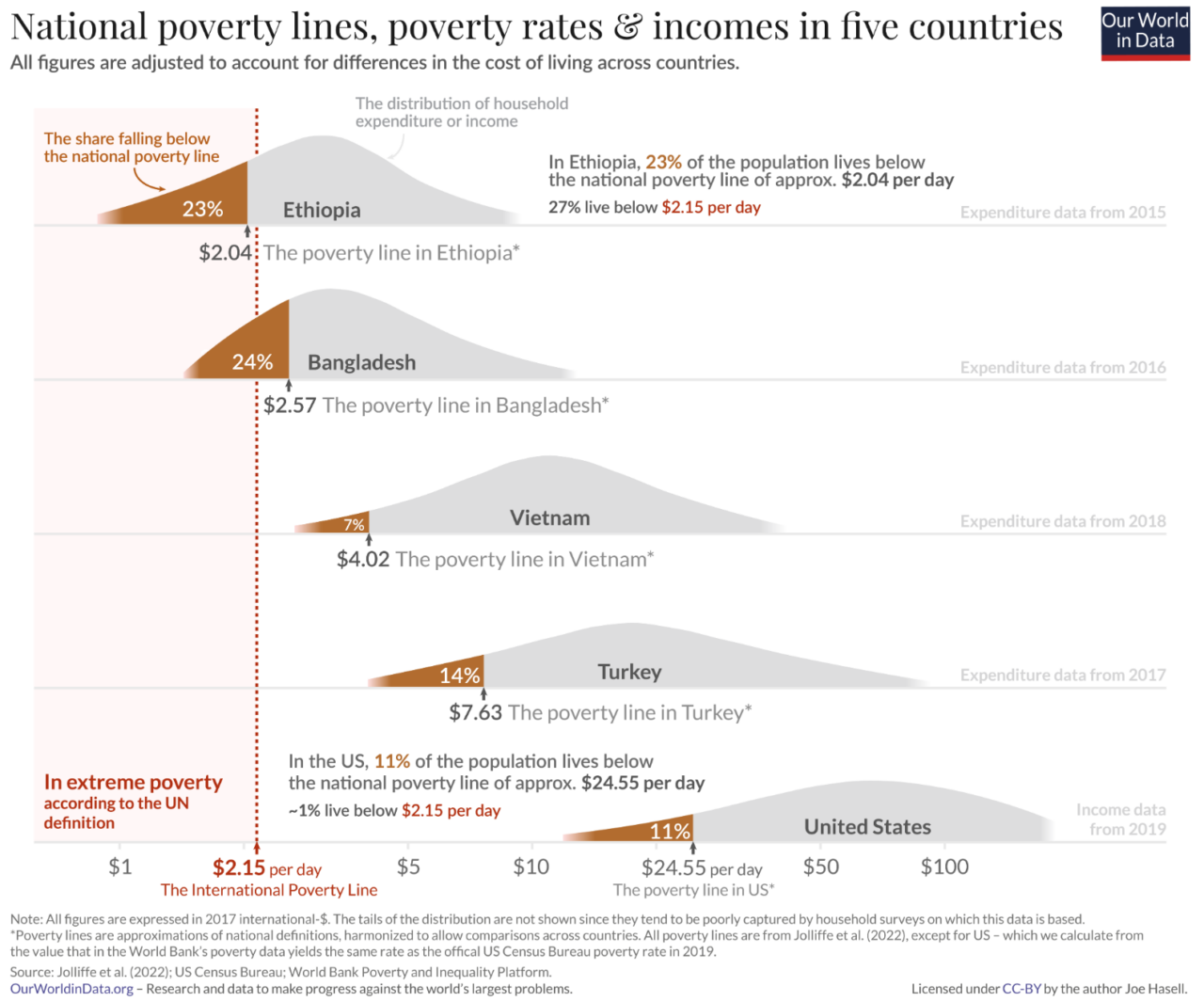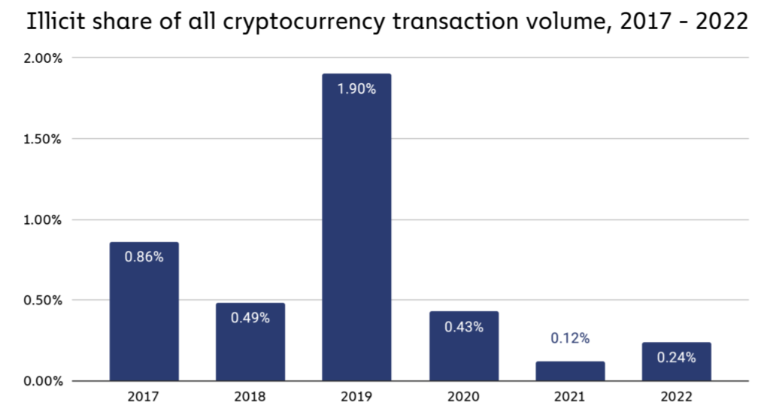As the digital era continues to evolve, Bitcoin, the pioneer of cryptocurrencies, is presenting itself as a potentially transformative solution to a pervasive problem: global poverty.

With its decentralized nature, Bitcoin opens up opportunities for financial inclusion, remittance efficiency, and accessibility to international markets, all of which could potentially serve as powerful tools in combating poverty worldwide.
In many developing countries, financial inclusion remains a significant challenge. According to the World Bank, a lack of access to traditional banking services leaves approximately 1.4 billion adults globally unbanked. This reality stunts economic growth and exacerbates poverty. Free from conventional banking constraints, Bitcoin offers a promising solution. Anyone with a smartphone and internet access can set up a Bitcoin wallet, making it an accessible technology even for those previously excluded from the financial system. This attribute of Bitcoin promises to bring a vast section of the population into the fold of economic activity, potentially lifting many out of poverty.
Remittances represent a lifeline for many individuals in low-income and developing countries. Per World Bank data, remittances to these countries reached an impressive $626 billion in 2022. Yet, traditional money transfer methods are fraught with high fees and inefficiencies.
Modern payment solutions like Wise (formerly TransferWise) have significantly addressed these challenges. Although they can be faster and cheaper than traditional bank transfers (sometimes completing cross-border transfers in seconds), they typically require the recipient to have a bank account to receive the funds. This can be a significant barrier for unbanked or underbanked individuals, particularly in developing countries with limited access to banking services.
With its ability to facilitate peer-to-peer transactions without intermediaries, Bitcoin can significantly reduce costs and increase the speed of remittances. This means more money ends up in the pockets of the intended recipients, potentially alleviating poverty on a significant scale.
Moreover, Bitcoin can democratize access to global markets. Many small businesses in economically disadvantaged countries are shut out from participating in international trade due to restrictions and high fees associated with cross-border transactions. Since Bitcoin transactions are global and not subject to the regulations of any specific country, they could potentially open up international trade avenues for these businesses. This, in turn, could drive economic growth and poverty reduction.
However, the potential benefits of Bitcoin in addressing global poverty are accompanied by considerable challenges and risks that must be carefully managed. One significant concern is the possible misuse of Bitcoin for illicit activities, given the pseudonymity it offers users. While it is crucial to remember that the vast majority of Bitcoin transactions — 99.76% of all crypto transaction volume in 2022, according to Chainalysis — are for legitimate purposes, the potential for misuse is a reality that cannot be ignored. This necessitates the implementation of robust regulatory frameworks that can deter illegal activities without stifling the innovation that Bitcoin represents.

In addition, consumer protection is another critical issue that requires attention. The complexity of Bitcoin can make uninformed users, especially those from disadvantaged communities, vulnerable to scams. To address this, educational initiatives are imperative to ensure these communities understand the intricacies of Bitcoin and can use the technology safely.
Bitcoin’s value volatility is another challenge. While some view it as an opportunity for investment, the risk associated with such volatility could prove detrimental for those grappling with poverty. Consequently, while Bitcoin’s potential to help alleviate global poverty is considerable, these associated risks must be thoughtfully managed.
Lastly, while Bitcoin offers immense potential, it’s essential not to view it as a standalone solution for global poverty. It is one of the many tools that could contribute significantly to poverty reduction, but it should be complemented by broader socio-economic policies and initiatives aimed at improving education, healthcare, and infrastructure.








